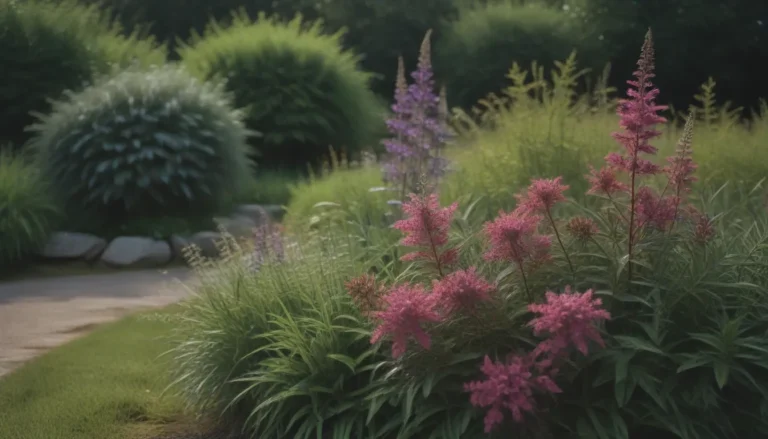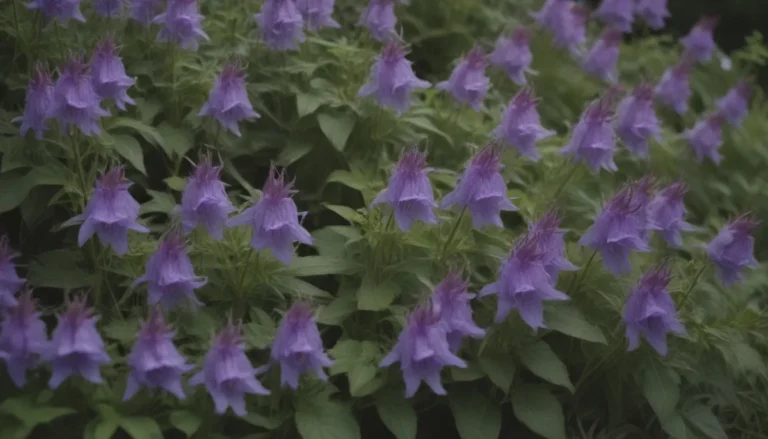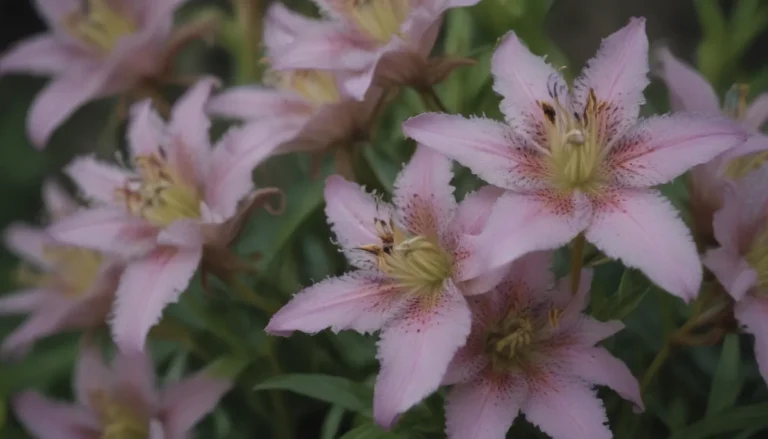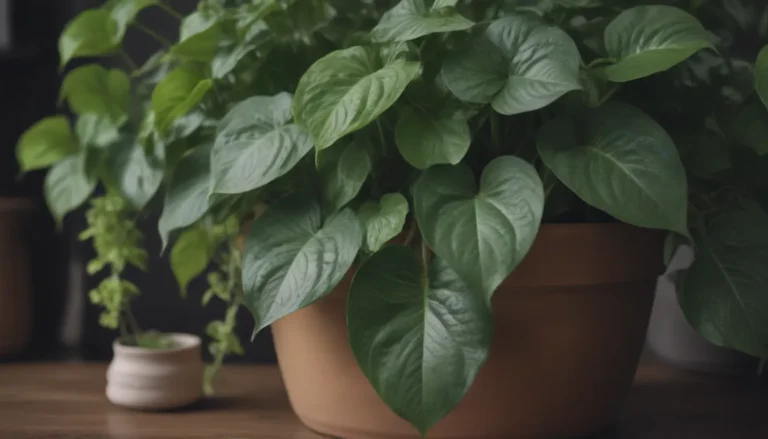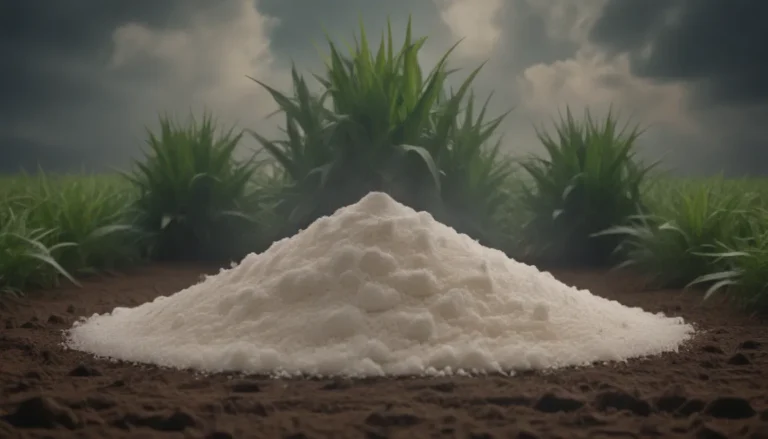The Ultimate Guide to Succulent Potting Soil
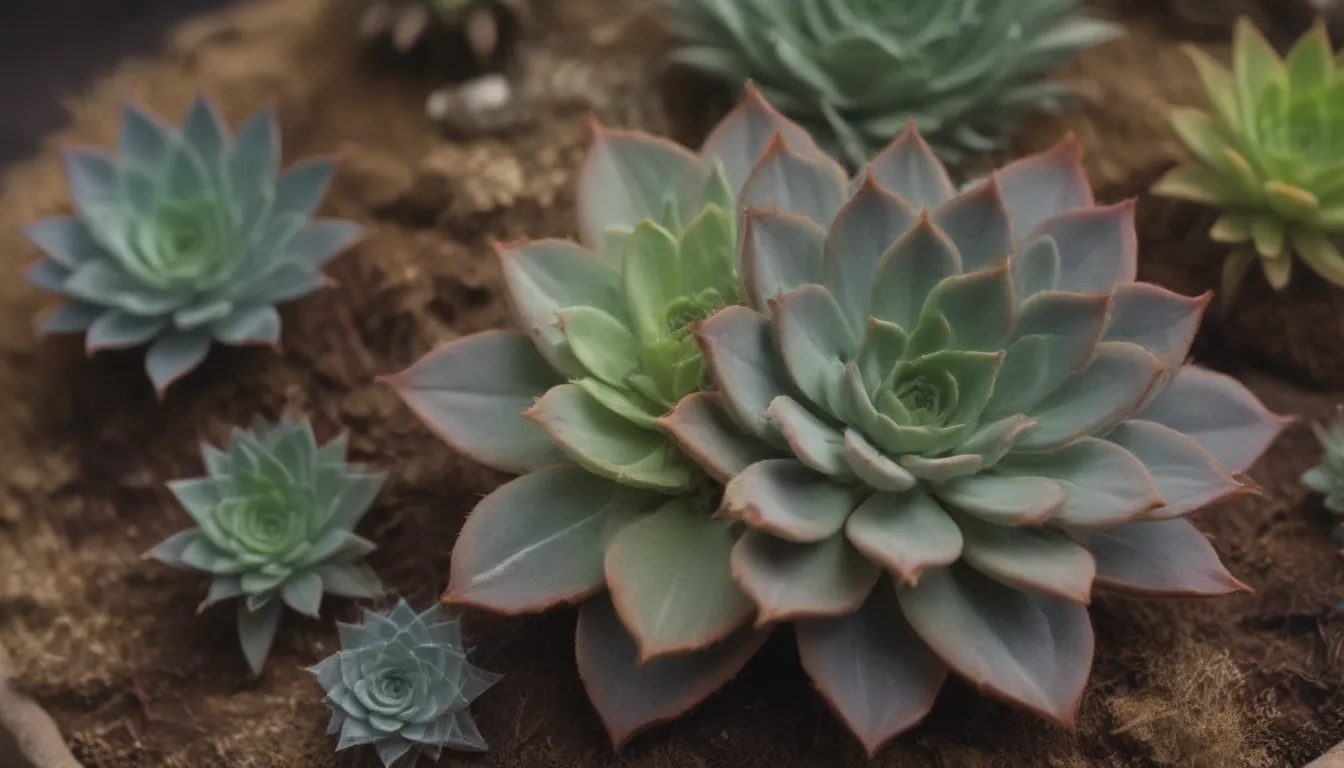
If you’ve ever tried your hand at growing succulents indoors, you know how challenging it can be to keep these low-maintenance plants thriving. One of the key factors in ensuring your succulents stay healthy is providing them with the right type of potting soil. In this comprehensive guide, we’ll walk you through everything you need to know about succulent soil, from what it is to how to make your own mixture at home. Let’s dive in!
Understanding Succulents
Before we get into the nitty-gritty of succulent soil, let’s take a moment to appreciate these unique plants. Succulents are known for their thick, water-storing leaves and stems, which allow them to survive in arid conditions. Common varieties include Echeveria, aloe vera, jade plants, Sempervivum, and Haworthia. These plants are drought-tolerant but are also prone to overwatering, making it crucial to get their soil mixture just right.
Key Characteristics of Succulent Soil
When it comes to potting soil for succulents, the key is to create a mixture that is porous and well-draining. This type of soil should have a lower percentage of organic matter than traditional indoor potting mixes, allowing excess water to drain away quickly. A loose, grainy soil with plenty of sand and perlite or pumice is ideal for succulents.
Components of Succulent Soil
The basic components of a succulent soil mix include sand, potting soil, and perlite or pumice. While the exact ratio of these ingredients may vary depending on the type of succulent you have, a good starting point is two parts sand, two parts potting soil, and one part perlite or pumice. As you become more familiar with your succulent’s needs, feel free to experiment with these ratios to find what works best.
Choosing the Right Ingredients
- Coarse Sand: Opt for medium to coarse sand in your succulent soil mix to improve drainage and aeration.
- Potting Soil: Select a well-draining potting soil for your succulents, avoiding heavy black soils or those designed for water retention.
- Perlite or Pumice: Both perlite and pumice are excellent additions to succulent soil, helping to improve aeration and drainage. Choose whichever is more readily available to you.
Common Issues with Succulent Soil
While succulent soil is relatively easy to maintain, there are a few common problems you may encounter if the mixture is not quite right. Here are some issues to watch out for and how to address them:
Soil Compaction
If your succulent’s soil becomes compacted, water may flow straight through the pot without being absorbed. This can occur if the plant has not been watered in a long time or if there is too much organic matter in the soil. To remedy this, try repotting your succulent with a new, well-draining soil mix that includes additional sand or perlite.
Nutrient Imbalance
Succulents do not require a nutrient-rich soil, as they are adapted to thrive in nutrient-poor conditions. If your plant shows signs of leggy growth, it may be a sign that the soil is too high in nutrients. Adding more sand and perlite to the mix can help reduce the organic matter content and restore balance to the soil.
Creating the Perfect Soil Environment
When potting your succulents, remember to layer the soil in a way that promotes both drainage and growth. Start with a layer of sand or pebbles at the bottom of the pot, followed by the soil mixture and a top dressing of crushed shells or gravel. This top layer helps hold the soil in place while watering and provides a finished look to your succulent arrangement.
In conclusion, the key to successfully growing succulents indoors lies in providing them with the right type of soil. By understanding the unique needs of these plants and creating a well-draining, porous soil mix, you can ensure that your succulents thrive in their indoor environment. Experiment with different ratios of sand, potting soil, and perlite/pumice to find the perfect combination for your plants. With the right soil mix and proper care, you can enjoy healthy, beautiful succulents in your home for years to come.
